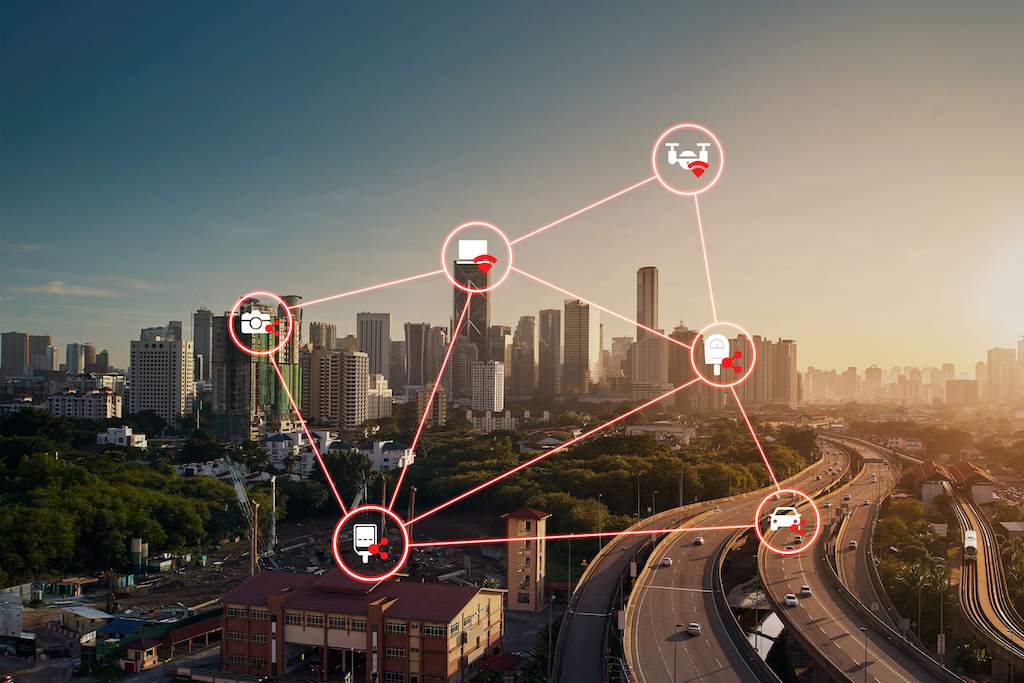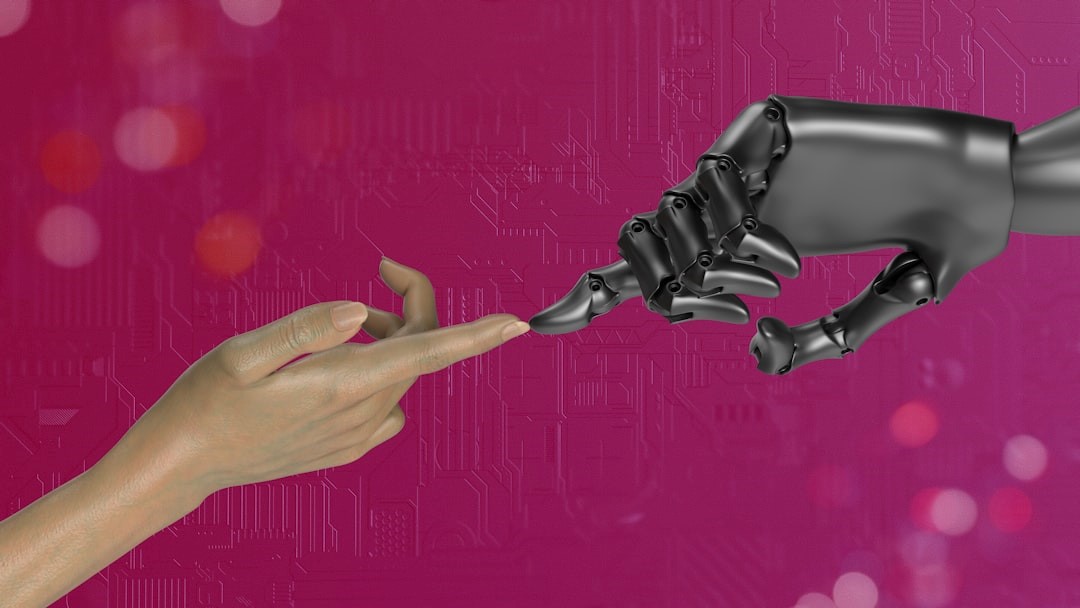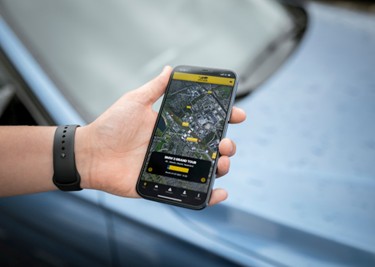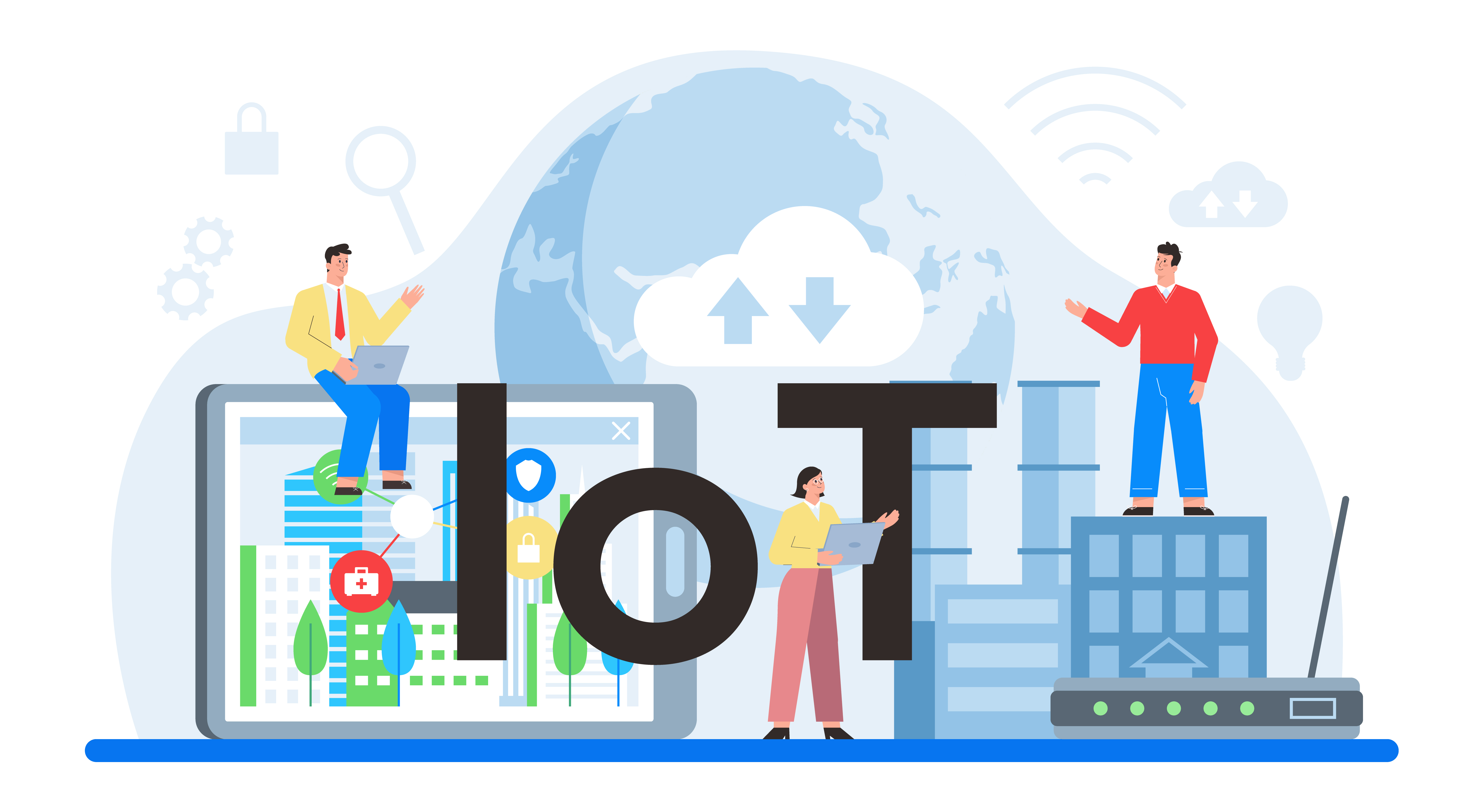What are IoT Devices and How Do They Communicate?
-
July 15, 2022
-
5 min read
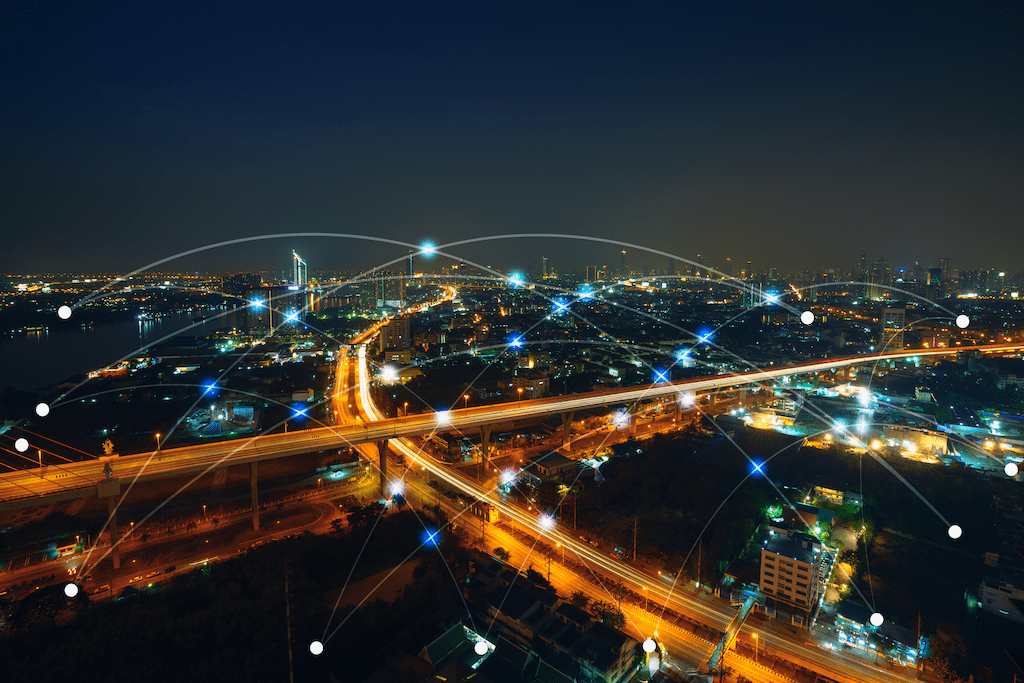
The Internet of Things (IoT) is a system of interconnected physical devices that communicate via network connectivity using various communications protocols. IoT is at the center of a Digital Transformation that aims to change everything from managing and controlling our homes to automating processes across almost all industries.
What is the Internet of Things (IoT)?
When a person makes a wireless call to another person, one provider network enables the call. Still, it becomes an IoT when that same phone sends an alert that someone is at the doorstep of your house because, in the second situation, more than one network is involved. IoT devices use embedded sensors to collect, exchange, and share data with other devices, applications, and systems, in real-time.
Internet of Things is a collaboration of custom-designed technologies to interconnect internet-enabled physical devices and enable communication with each other through a wireless network. In the IoT, the networks allow smart devices to relay and receive data and information, monitor tasks, and control devices remotely, without the intervention and control by human resources.
When IoT is used in a manufacturing or business environment, it is called the Industrial Internet of Things or IIoT – aka the Fourth Industrial Revolution, Industry 4.0, or Factory of the Future. For example, in a factory, sensors attached to equipment and other assets allow the operations team to monitor the performance data and their likely behavior in the future. As a result, it gives insights into predictive and preventative maintenance operations, identifies probable issues that can cause downtimes, and thus helps take preventive measures.
The applications of IoT are growing across industries and operations, including healthcare, which is known as the Internet of Medical Things, or IoMT. For example, wearable devices like watches and glasses can provide vital health information to individuals, helping them to manage work-outs, diet, and lifestyle routines.
Interesting Post: Top 5 Industries Benefiting from the Infusion of IoT Applications
The total number of Internet of Things (IoT) worldwide is projected to amount to 30.9 billion by 2025, from the estimated 13.8 billion in 2021, many times the world population.
What are IoT devices?
IoT devices are small, microcontroller-based hardware pieces, such as sensors, actuators, gadgets, appliances, equipment, or machines, programmed to transmit data and perform certain tasks over the internet or other wireless networks. They can be embedded into mobile devices, equipment, environmental sensors, medical devices, domestic appliances like lights, air conditioners, fridges, fans, etc., automobiles, and more.
Most IoT devices leverage AI and machine learning and other deep-tech tools to embed intelligence and autonomy into physical assets, systems, and processes, such as autonomous driving, smart manufacturing, medical equipment, and home automation. Network bandwidth constraints and concerns around data privacy and user experience demand data processing on the IoT endpoint, rather than using a cloud environment – more of an edge computing approach.
How do IoT devices communicate?
According to IBM, standard protocols allow different devices operating over various systems and networks to communicate with each other. Typically, one standard model undergoes seven layers of protocols when a device communicates with another through a wireless network. It works like this; data is sent from a physical device through the network, transported into a session, then presented where the information needs to be seen, and finally reaches the application protocol where the data will be used, manipulated, and retransmitted.
The IoT ecosystem provides the infrastructure and protocols needed to transport data from devices to real-world applications. However, it involves a certain number of “layers.”
Layer 1: Devices
The first layer is the device that includes all the physical assets and components that connects with external environments to capture and disseminate data and information, using communication elements – connectivity and network.
Sensors: Arguably, the most critical component in IoT, the sensor is a device designed to detect, measure, or indicate a specific quantity, characteristic, or attributes, such as heat, light, motion, moisture, or pressure.
Actuators: As their name suggests, actuators are designed to take or activate actions based on the signals and inputs from sensors and the parameters set in the programming.
Layer 2: Gateways
An IoT gateway can be a physical device or virtual platform such as hardware or software or a combination that connects sensors, IoT modules, and smart devices to the cloud. Gateways give IoT devices access to the Internet by bringing together multiple devices, technologies, solutions, and systems.
Layer 3: Platforms
An IoT platform can be an on-premises software suite or a cloud service – a middleware that monitors and controls various endpoints by acting as the medium between the more hardware-based layers of IoT devices, gateways, the business, and application layers at the user end of the IoT system.
Layer 4: Connectivity and Communication
The ability of IoT devices to communicate back and forth across the network through several protocols and technologies is critical for the success of an IoT deployment. Today, there are many communication technologies available, including:
- RFID
- Ethernet
- Wi-Fi
- VHF/UHF/SHF radio
- Bluetooth
- DSL
- Fiber
- IPv4 and IPv6
- EnOcean
- GSM (Global System for Mobile communications)
- NFC (Near-Field Communications)
Networks go hand in hand with connectivity, and some popular networks being used in IoT are:
- Local Area Networks (LAN)
- Wide Area Networks (WAN)
- The Internet
- Power Line Communication (PLC)
- Mesh networks
- WiMAX networks
- Satellite networks
- Cellular/mobile networks
Layer 5: User Interface
While IoT, along with other technologies like AI and RPA, automates many processes, some decisions or actions need to be handled or controlled manually through a traditional user interface. For example, a user may want to adjust the temperature of a thermostat or check the IoT security camera using the smartphone. When an input or intervention is required from a human user, an IoT user interface is inevitable.
In addition to providing connectivity and communication, enterprises, such as Airtel, offer an integrated platform that offers end-to-end IoT solutions powered by a variety of connectivity technologies. It will suit your business needs with more focus on Asset Tracking, Vehicle Telematics, Industrial Asset Monitoring, Smart Metering – a way towards Smart Manufacturing.
 Share
Share


